Researchers find a way to virtually open a sealed letter from 1697
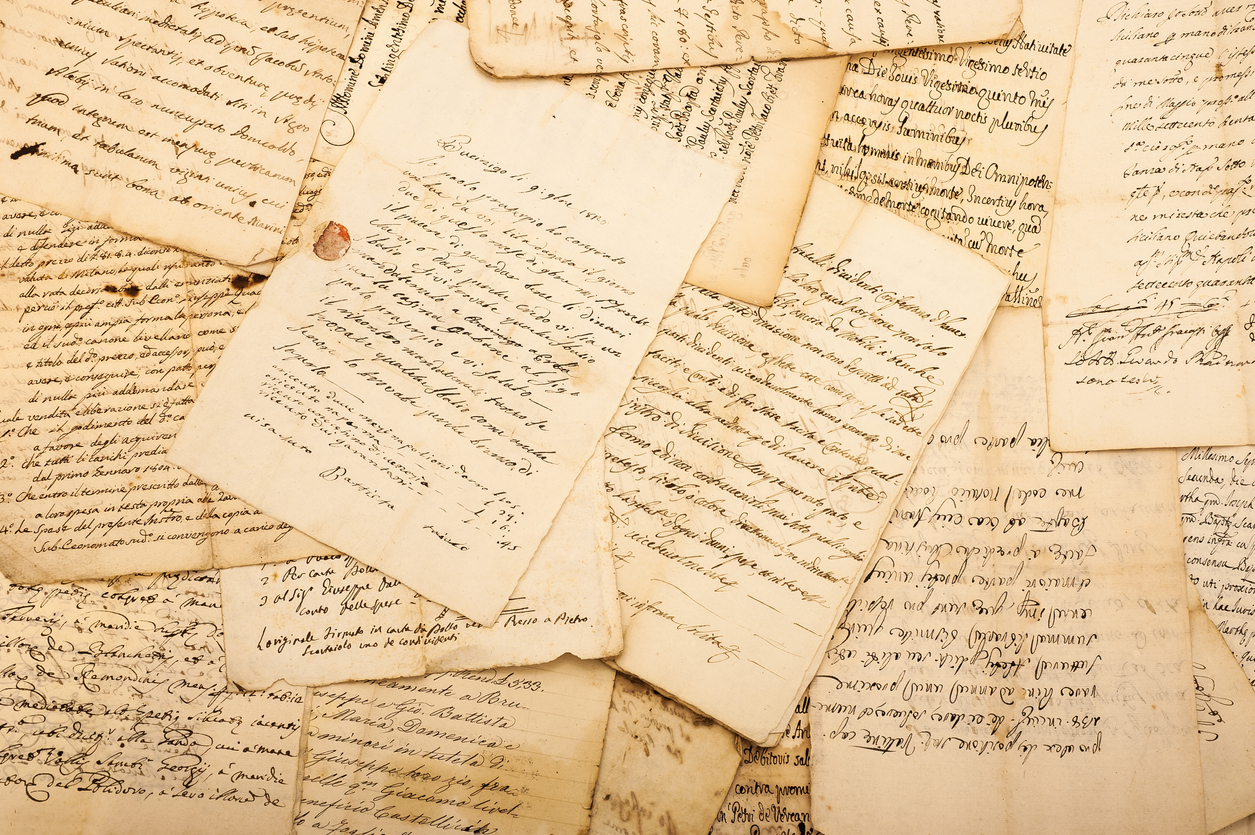

More than 300 years after it was mailed, a letter sent from one cousin to another in the Netherlands has finally been opened — virtually.
Jana Dambrogio, a conservator with the Massachusetts Institute of Technology Libraries, told NPR that before the gummed envelope was invented in the 1830s, people would secure their letters via "letterlocking," using intricate folds, creases, slits, and holes to transform the piece of paper into a package. While some archivists have used scissors to cut locked letters, Dambrogio worried about what is lost "when we open the unopened."
With a team of researchers, Dambrogio was able to take a locked letter and read it, without disturbing anything. The letter, written in 1697, was found in The Hague in an old postmaster's trunk. Inks at that time contained high amounts of metal, so the team used an X-ray scanner that can create 3D images of teeth to make a 3D image of the letter. The writing showed up "as a very bright region on the scan," like a bone would appear on an X-ray, Amanda Ghassaei of Adobe Research told NPR.
The Week
Escape your echo chamber. Get the facts behind the news, plus analysis from multiple perspectives.

Sign up for The Week's Free Newsletters
From our morning news briefing to a weekly Good News Newsletter, get the best of The Week delivered directly to your inbox.
From our morning news briefing to a weekly Good News Newsletter, get the best of The Week delivered directly to your inbox.
Because it was folded so many times, the letter had several layers close together, making the words look jumbled. The team had to "find a way to manipulate that data and actually virtually unfold it so that we could get it into a flat state," Ghassaei said. Success came after the researchers used a brute-force algorithm, and they discovered that the letter was sent to request an official death certificate for a relative.
The folding pattern included an arrow shape, and is "quite beautiful," Dambrogio told NPR. She finds it "thrilling" that the note can be read "without tampering with the letter packet, leaving it to study as an unopened object."
A free daily email with the biggest news stories of the day – and the best features from TheWeek.com
Catherine Garcia has worked as a senior writer at The Week since 2014. Her writing and reporting have appeared in Entertainment Weekly, The New York Times, Wirecutter, NBC News and "The Book of Jezebel," among others. She's a graduate of the University of Redlands and the Columbia University Graduate School of Journalism.
-
 The UK’s best Christmas pantos
The UK’s best Christmas pantosThe Week Recommends Dive into the festive cheer, even into the new year, with some traditional favourites and modern twists
-
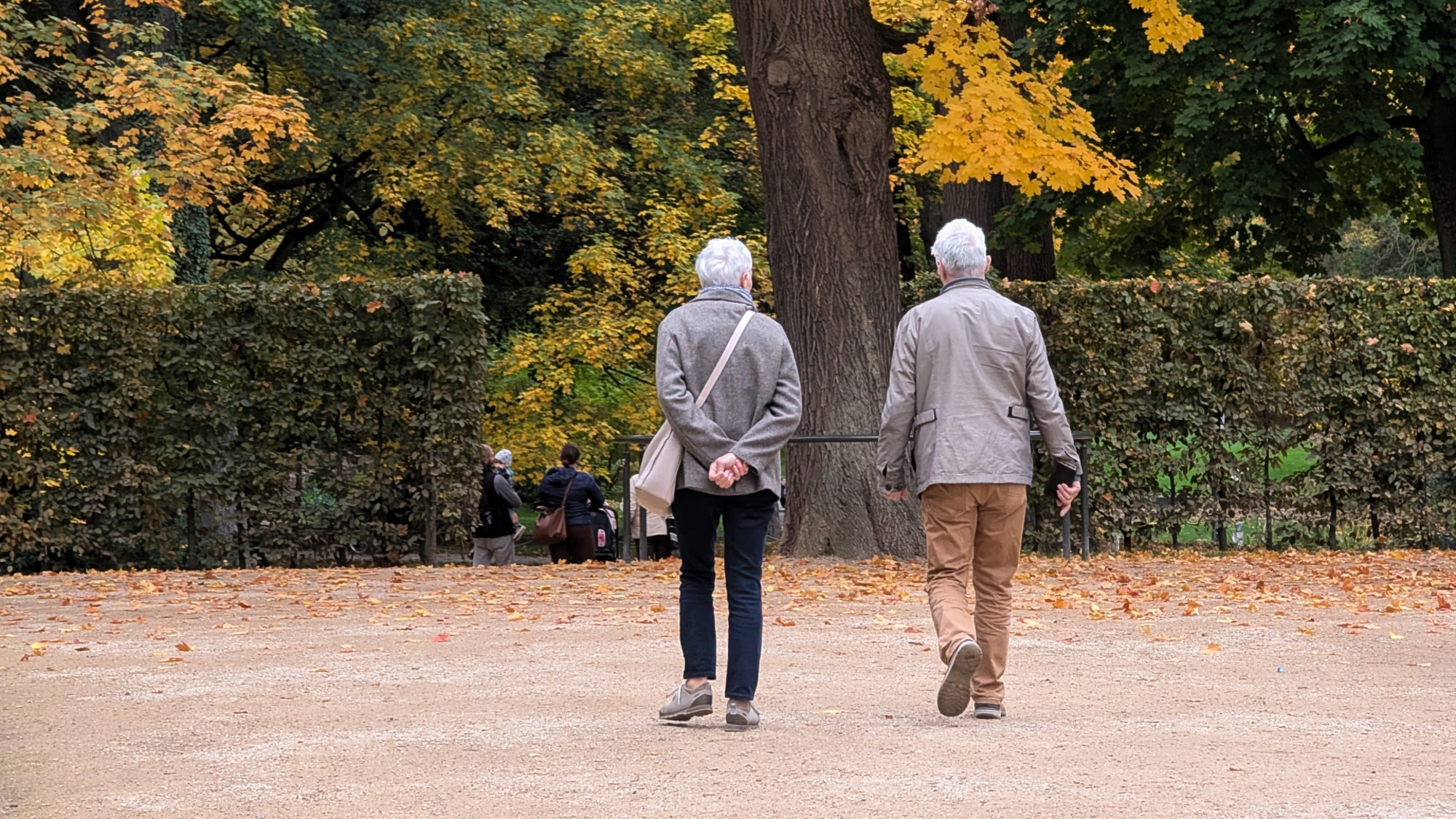 The longevity economy is booming as people live longer
The longevity economy is booming as people live longerThe Explainer The sector is projected to reach $27 trillion by 2030
-
 Codeword: December 11, 2025
Codeword: December 11, 2025The daily codeword puzzle from The Week
-
 Nobody seems surprised Wagner's Prigozhin died under suspicious circumstances
Nobody seems surprised Wagner's Prigozhin died under suspicious circumstancesSpeed Read
-
 Western mountain climbers allegedly left Pakistani porter to die on K2
Western mountain climbers allegedly left Pakistani porter to die on K2Speed Read
-
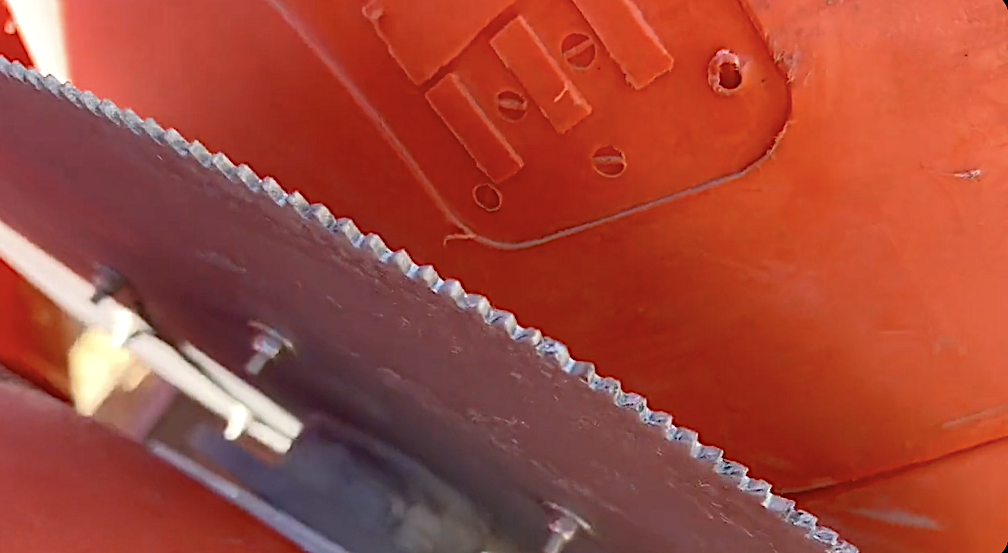 'Circular saw blades' divide controversial Rio Grande buoys installed by Texas governor
'Circular saw blades' divide controversial Rio Grande buoys installed by Texas governorSpeed Read
-
 Los Angeles city workers stage 1-day walkout over labor conditions
Los Angeles city workers stage 1-day walkout over labor conditionsSpeed Read
-
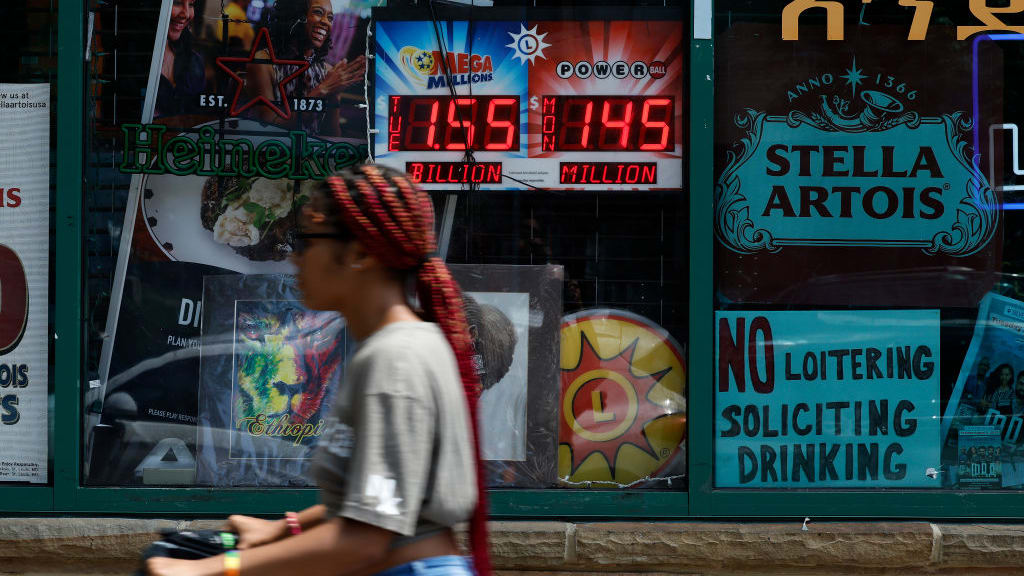 Mega Millions jackpot climbs to an estimated $1.55 billion
Mega Millions jackpot climbs to an estimated $1.55 billionSpeed Read
-
 Bangladesh dealing with worst dengue fever outbreak on record
Bangladesh dealing with worst dengue fever outbreak on recordSpeed Read
-
 Glacial outburst flooding in Juneau destroys homes
Glacial outburst flooding in Juneau destroys homesSpeed Read
-
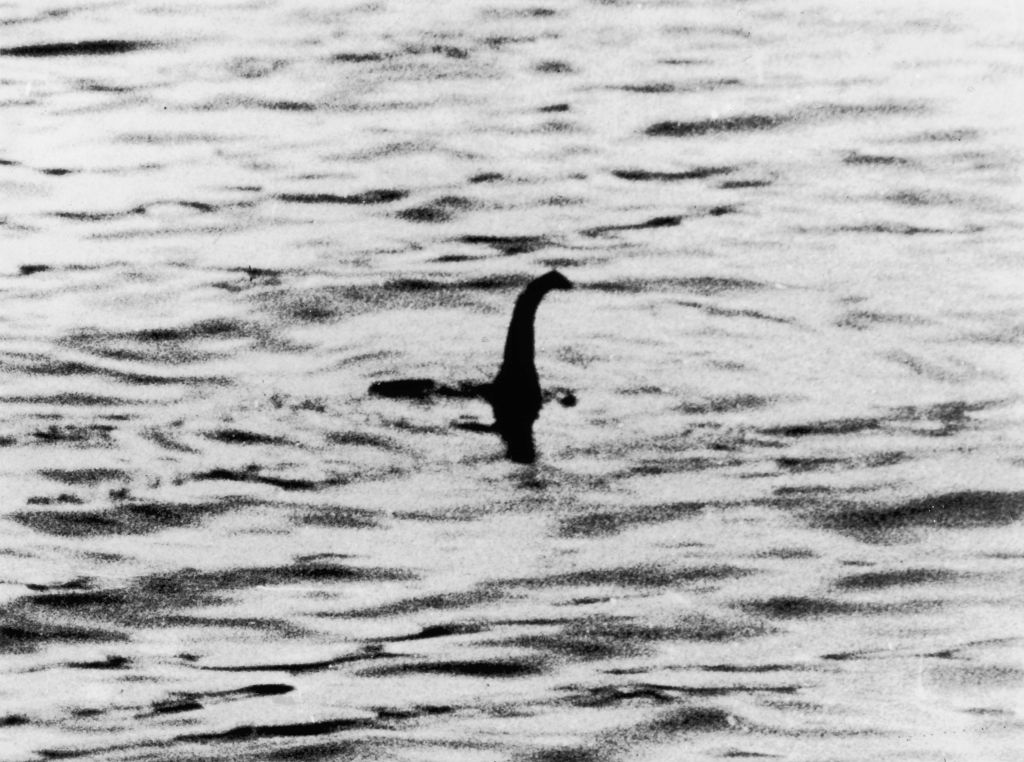 Scotland seeking 'monster hunters' to search for fabled Loch Ness creature
Scotland seeking 'monster hunters' to search for fabled Loch Ness creatureSpeed Read
